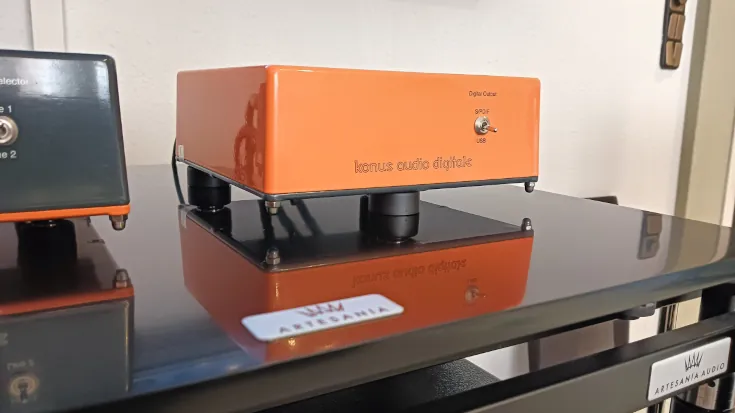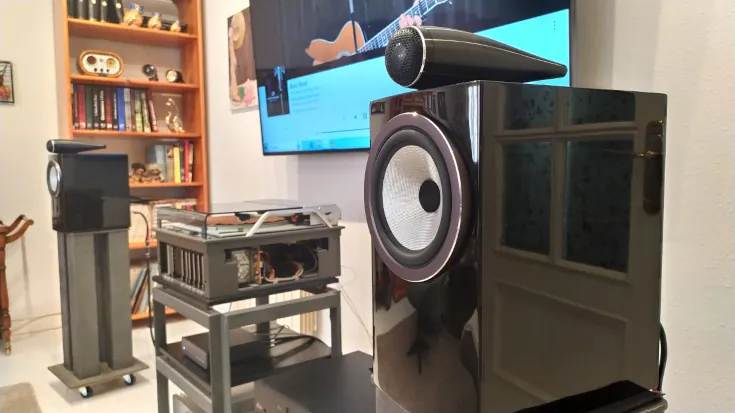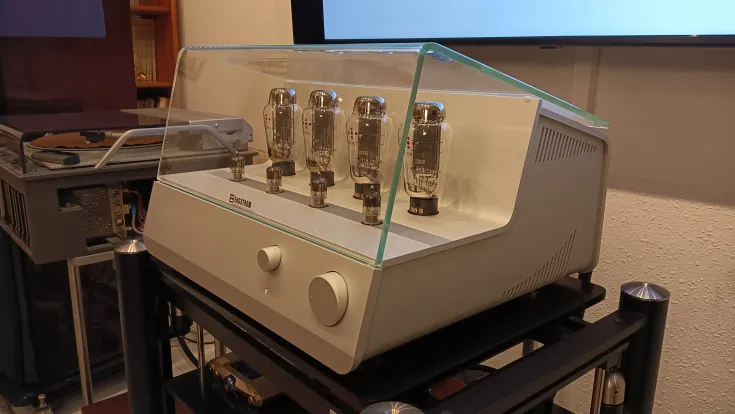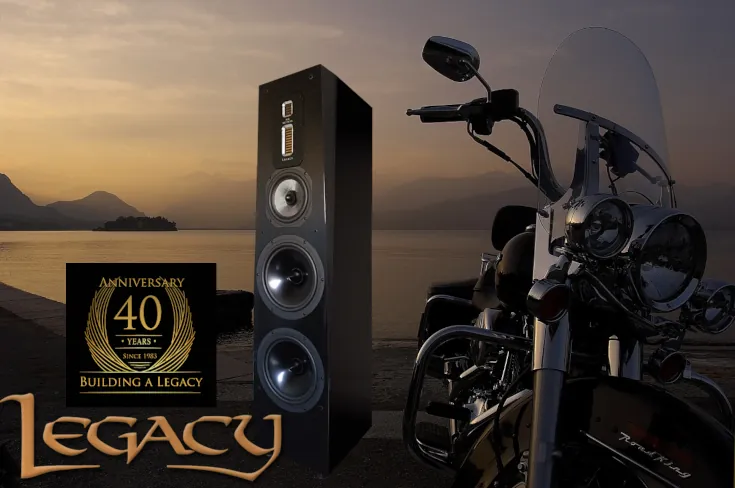Perfect Stranger

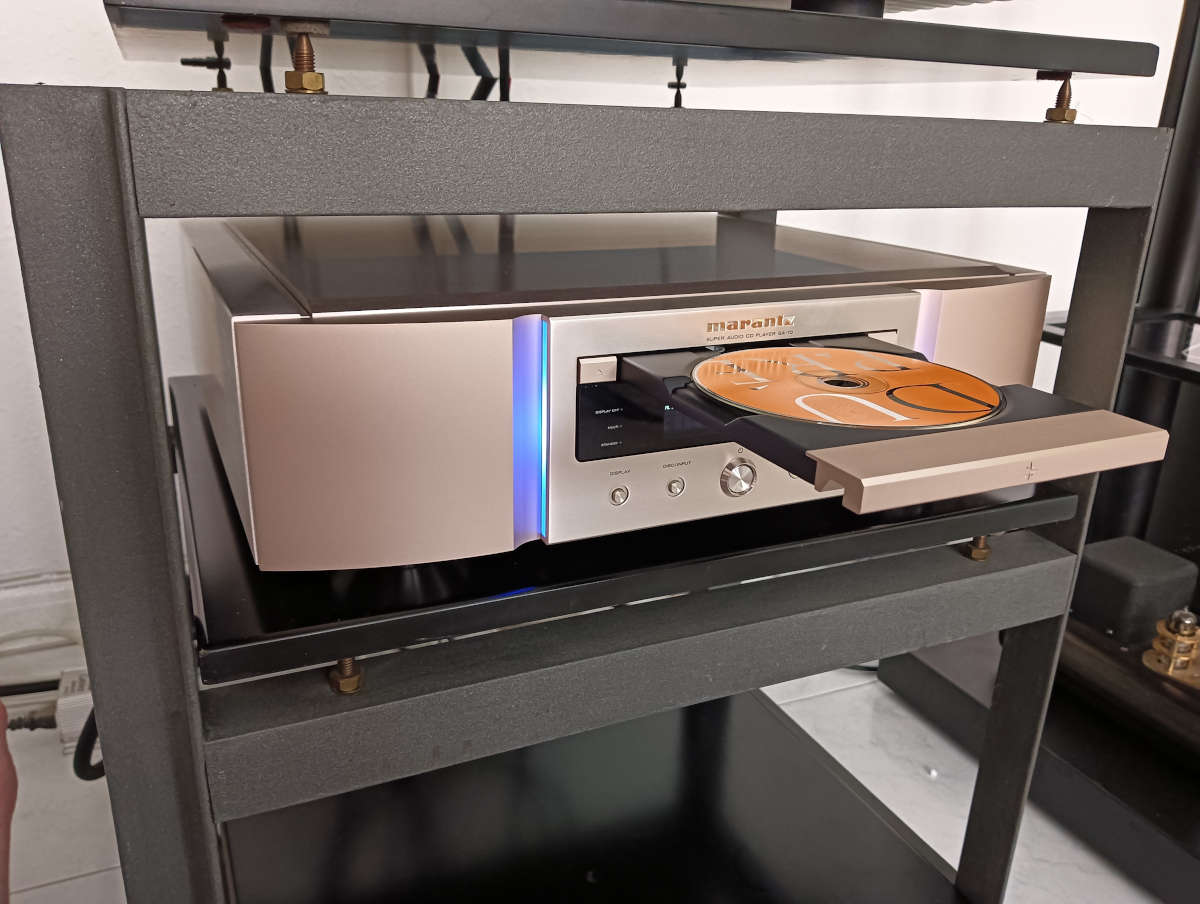
I've had a glorious year, with some really good systems in my listening room. I feel lucky to be able to say that a long list of top-notch products have been in my room and have demonstrated some of their real potential in it. And I say some, because as I have mentioned on more than one occasion, I have a "real" room, the kind most enthusiasts have, and therefore my evaluations are made on a basis much more aligned with what I could call "real cases". I encourage you to take a look at the photographs that fans upload to the networks of their personal systems and compare them with mine; and then with those of other "influencers" as usual.
I am passionate and I speak passionately about my hobby and its products. For those who don't understand this, I will give you a very simple example: did you choose your current partner for love and passion or for the technical specifications?
At the same moment in my life, a poker hand of aces came together in my house and I almost didn't get through it all that musical abandon. Doing your day-to-day, your scheduled tasks in advance and waiting for the moment to activate the system made up of Marantz PM-10, Marantz SA-10, Bowers & Wilkins 805 D4 and all the cabling by Wires4Music is priceless. Well, it does have a price; however, it is not affordable for my budget.
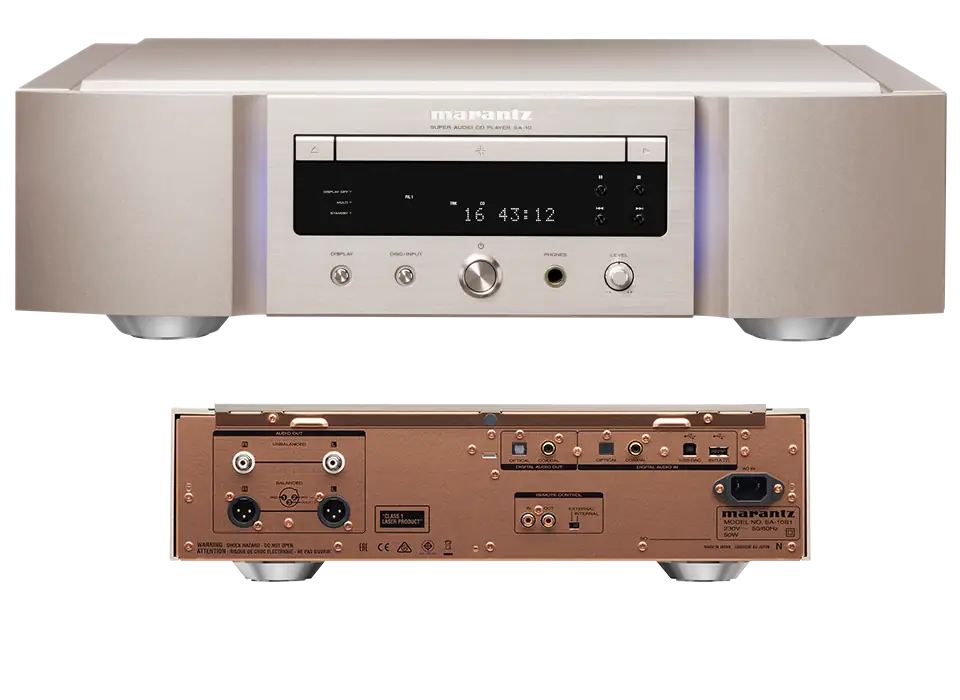
As it was a complete system that was analyzed, the sound impact inside the room was enormous, and discerning between the characteristics contributed by each component was an intense task. And at the same time, it was very satisfying when I understood, or so I believe, the complexity of the product before me.
Marantz SA-10
On the manufacturer's website it is advertised as: "REFERENCE SACD/CD PLAYER WITH DAC". Visually, that's what we see, although after much "playing" with it, I would almost prefer to say that it is a reference DAC with a CD and SACD player. I put the emphasis on the DAC, since the enormous processing capacity available far exceeds the capabilities of a player.
The level of sound purism is set by the user, due to the fact that there are several parameters that can be used to ensure that the sound does not have a more direct path, and in this way, maintain the integrity of the signal even more. You can eliminate the headphone output, modify the dither (undesirable digital effects that can affect the sound). With two filters of your own or no filters to improve the signal-to-noise ratio. NoiseShaper adjusts the linearity and noise characteristics in the audible range using digital feedback to adapt it to the desired type of music.
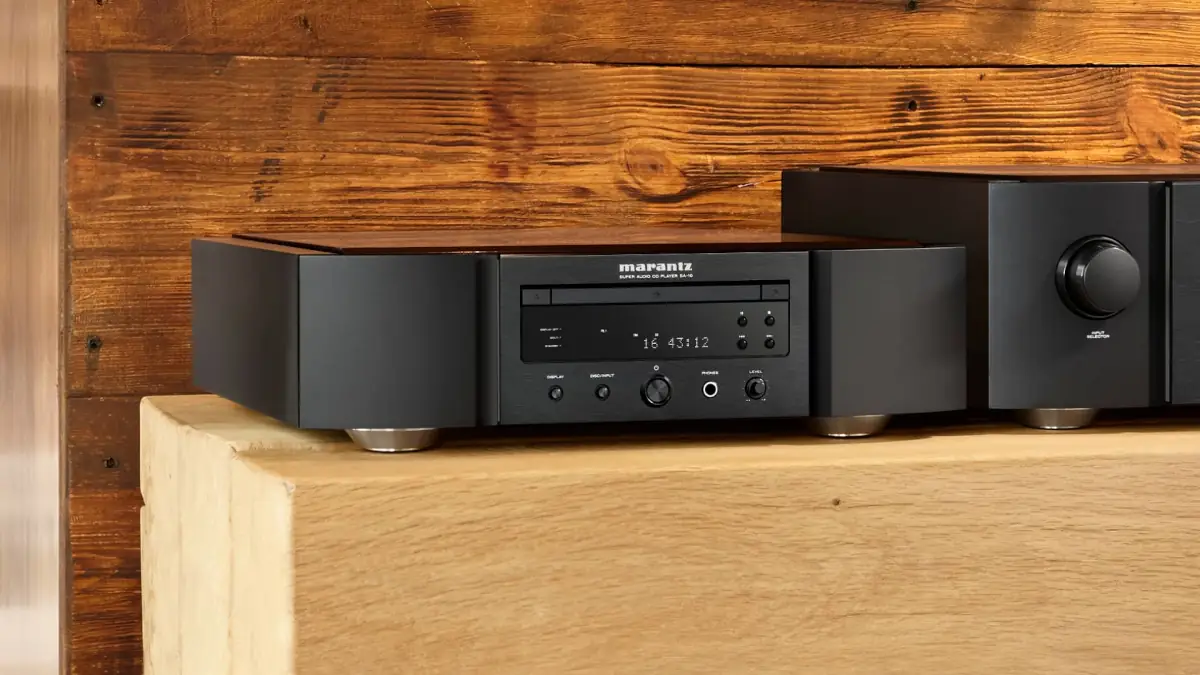
Filters, what madness
Of all the surprises, the biggest are these two sound filters that this Marantz has. Let's see, we completely forget about the typical Rock, Classical, Voice and other filters that we usually find in other devices. With all of them you have the feeling of forcing the sound towards a type of sonority that it cannot give. You always end up setting the curve flat out of pure boredom with the other options.
To make things easier, with the first one I always listened to classical music, slow rock and all kinds of music with very low dynamics. With the second one, all my more powerful repertoire, including rock concerts, lots of concerts. Guitars and more guitars with drums that sounded at full blast.
The change in the sound pattern is so great, so marked and recognizable that you have the feeling of having two DACs with their corresponding nuances. This made a definitive impression on me, leading me to defend, without any doubt, that the intelligent manipulation of the digital sound signal is an advance and not a step backwards.
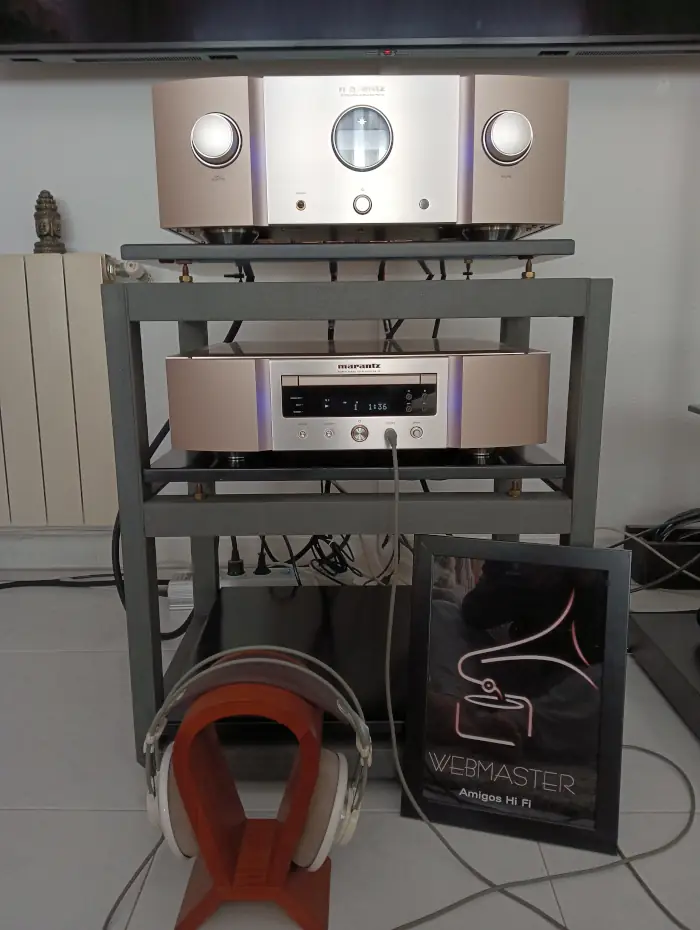
Equipment used in the tests
»Sound source:
» Marantz SACD SA-10
» Roon Labs on dedicated PC
»Power amplification:
»Marantz PM-10
»Speakers:
»Bowers & Wilkins 805 D4
»Cables:
» Wires4Music in cabling:
» Horus Hybrid RCA interconnection
»Evolution in speakers and mains power
» Custom rack
My existential doubts often revolved around whether to put the system into operation and immediately listen to my favorite CD or wait until the Roon server was 100% operational. Immediate and guaranteed pleasure, or trying out new music. Statistically, the first option won. I couldn't wait.

Talk Talk is my favorite band. When their singer and alma mater passed away (Mark Hollis) something inside me broke. It doesn't happen to me and it probably won't happen again (for God's sake Bruce, take care of yourself!), but the sonic universe of their music has nothing to do with the songs known to everyone like "Such a Shame" or "It's my Life". Its sound is dark, slow and generates an ambient atmosphere. Spirit of Eden is a work that I only reserve for special occasions. The rhythm is set by the cadence of the instruments and little by little you find yourself hopelessly enveloped in its dreamlike world. If you don't escape from it and dedicate the necessary time to get to know and love it, you have an essential in your collection.
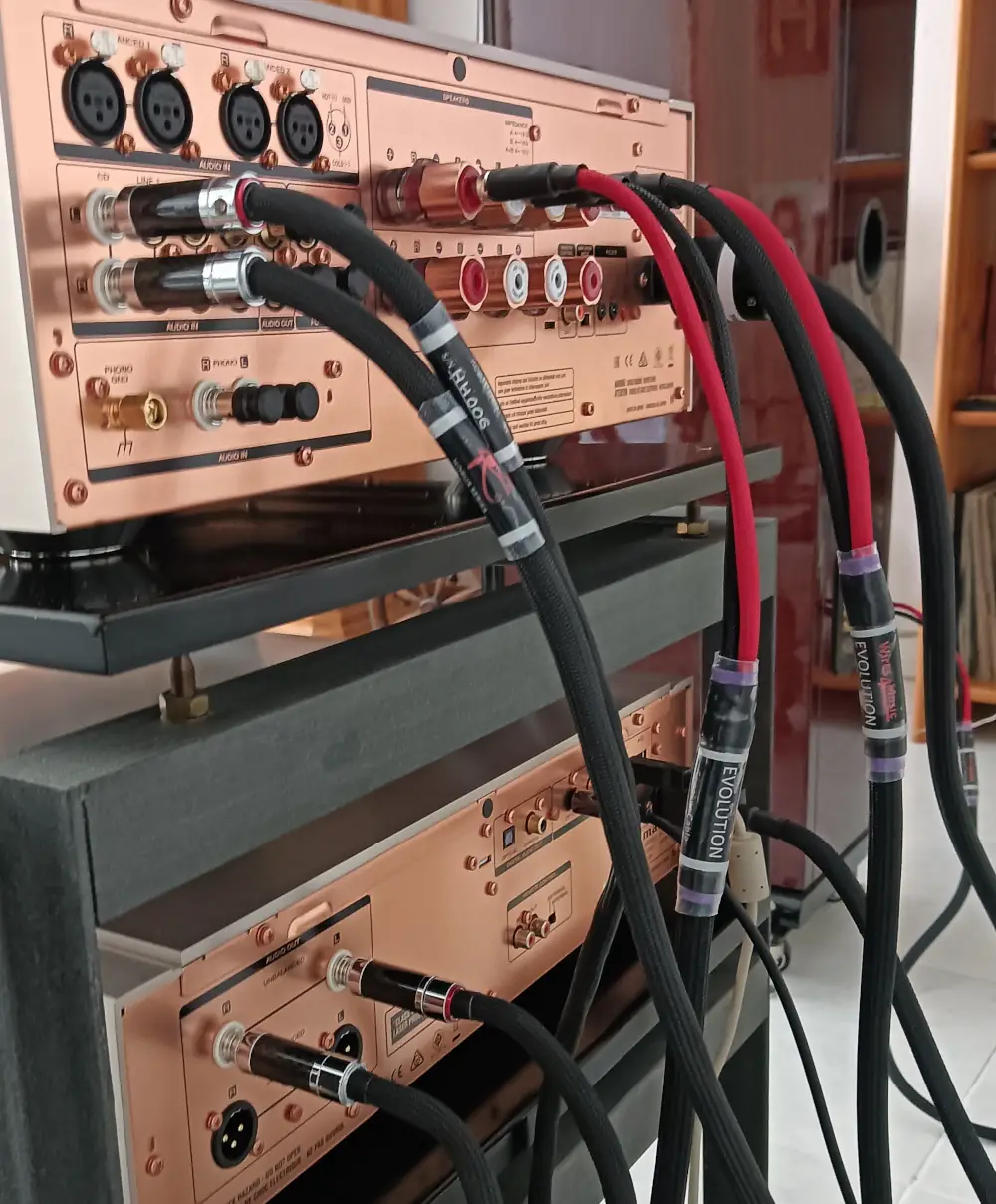
Their alternative band formation (piano, bass and drums) produced a world of different sounds, being categorized as post-rock, although I would define it more as jazz-slow-rock.
With all these details, it is clear that the cleanliness of the instruments, the separation between them and the correct management of silence and the stationary environment that is generated in the room is not easy, quite the opposite. And when one loses one's mind it is because one has achieved the desired goal, auditory nirvana, where the notes caress one's soul, one after the other.
I have mentioned it in other points, but it is true; being able to enjoy a very high level DAC, which does not matter if you put it on physical or virtual support, since the result is always excellent, and the ability to modify the sound output to two different types of sound scenario forces you to rethink things about the devices and their characteristics. The manipulation of the musical signal to obtain better results is correct and effective. It adds and does not subtract. What divides is the mismanagement of it, and this is not the case.
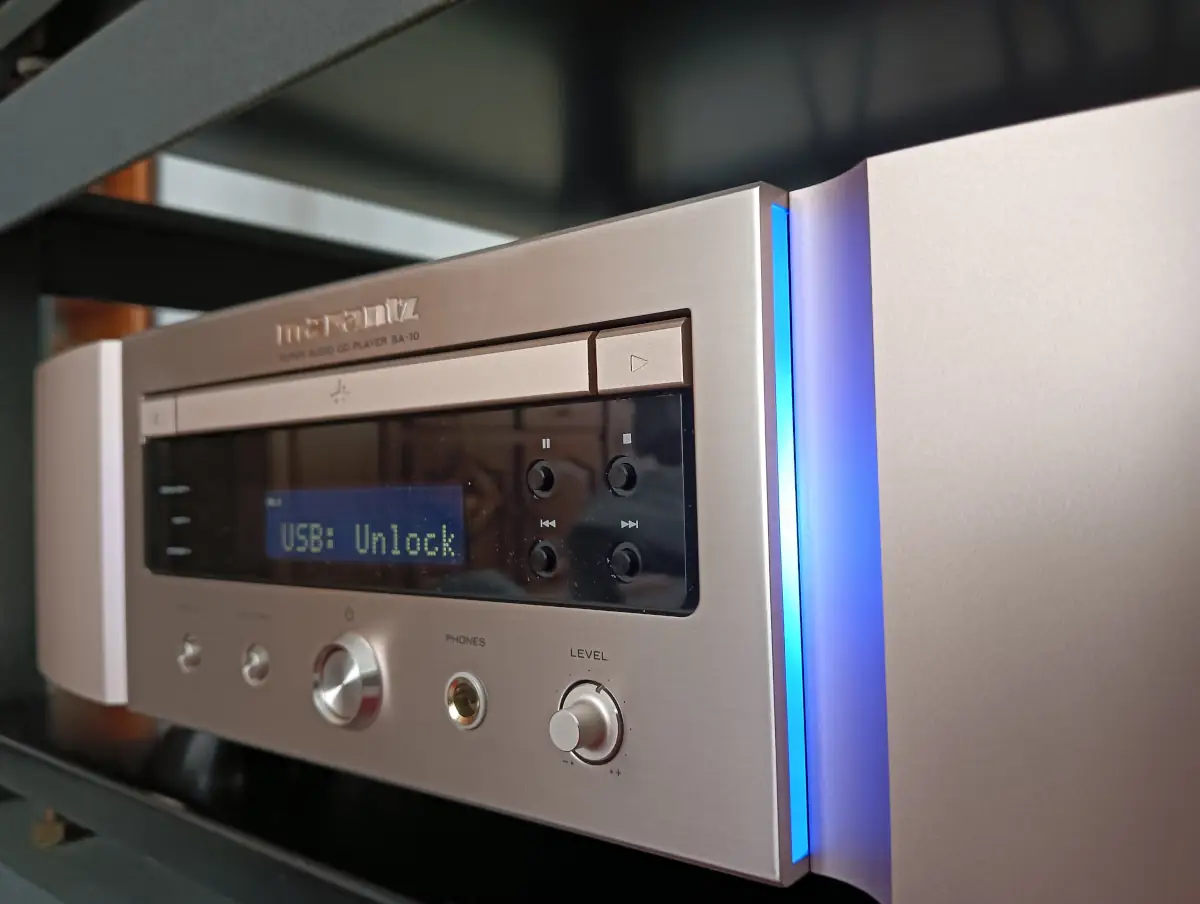
Conclusions
As far as I'm concerned, the Marantz SA-10 is a reference DAC, which has a built-in CD and SACD player for all those enthusiasts who have their own "cloud" on the shelves at home and who don't want to depend all the time on the variables of the Internet connection or add elements to the sound system that could affect it, such as a music server, for example.
Their fight to eliminate noise in the acoustic signal is almost pathological, even to the point of taking very significant commercial risks, such as eliminating the colored screens used to display album covers. Their level of fanaticism is so high that it can generate rejection among some fans, although at the same time, in other quarters, it can generate absolute veneration. I understand both versions, as depending on my personal situation at the time, I belong to one or the other. Therefore, this is not a recommendation, but a verification.
Finally, with a simple change of setting you have a radically different sound. To make it easier for us to understand each other, it's as if one of them had valves at the output and the other had transistors. And in the same component.
| Manufacturer Website | Marantz |
| Distributor Website | Masimo Consumer |
| Price | 8000 € |
| Technical Sheet | View |
| User manual | View |
More review
-
Vieta G4000, making it easy to access vinyl
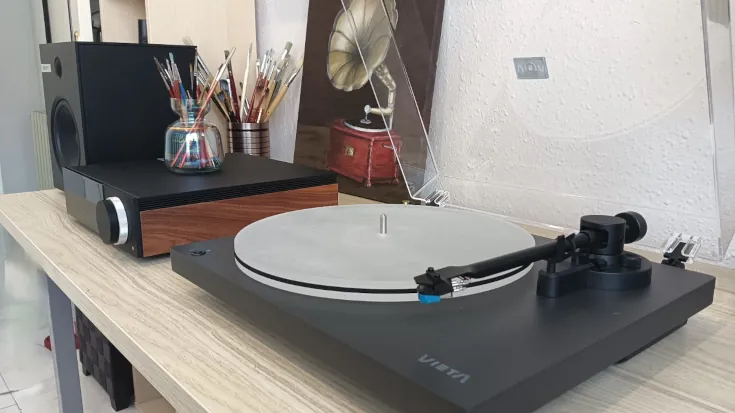
Bringing the analog world closer to a new generation without complications.
-
Evolution 2 de Wires4Music
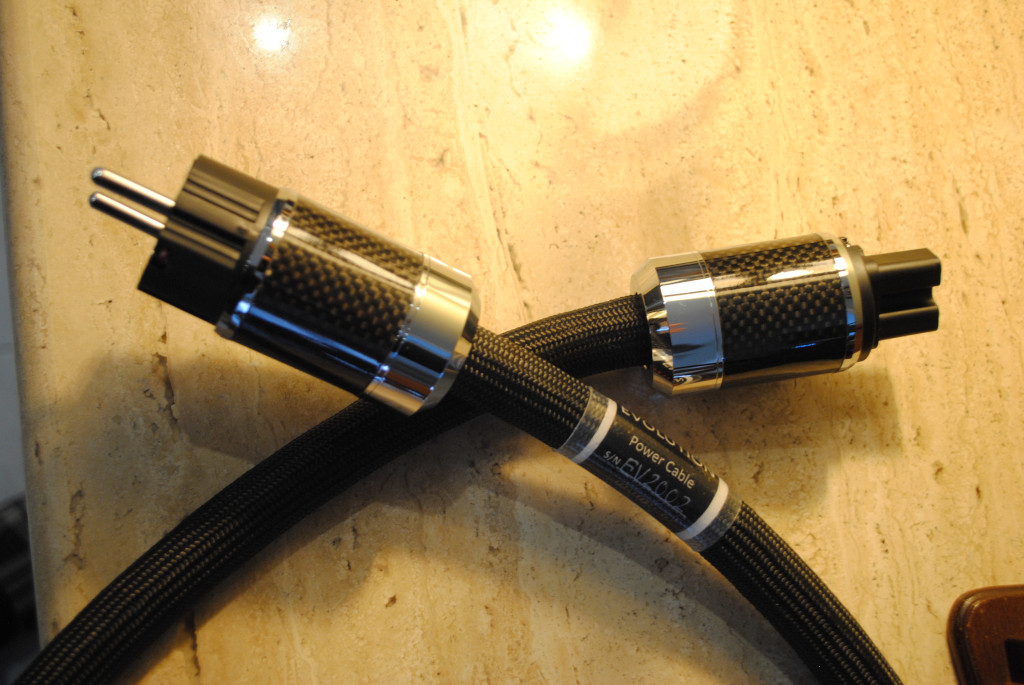
As a magazine I always have to prioritise what's new and now we have EVOLUTION 2
-




